The surge in remote work, accelerated by the global events of recent times, has prompted a seismic shift in the way we approach the traditional office setting. As businesses continue to embrace remote work models, the significance of interior design in creating comfortable and productive home workspaces has never been more apparent. In this article, we’ll explore the key role that interior design plays in facilitating a successful transition to remote work and how thoughtful design choices can enhance the remote work experience for employees.
Ergonomics and Comfort:
The transition to remote work has placed a spotlight on the importance of ergonomic design in home offices. Interior designers are now focusing on creating comfortable and supportive workspaces that prioritize the well-being of remote workers. Adjustable chairs, ergonomic desks, and proper lighting are essential elements that contribute to a home office setup that promotes good posture and minimizes the risk of discomfort or injury.
Personalized Work Environments:
One of the advantages of remote work is the opportunity for employees to personalize their workspaces. Interior design allows individuals to create environments that align with their personal preferences and work style. From choosing color schemes that promote focus to incorporating meaningful decor, personalized home offices foster a sense of ownership and comfort, contributing to overall job satisfaction and productivity.
Spatial Planning for Efficiency:
Effective use of space is crucial in remote work environments, especially for those dealing with limited square footage. Interior designers can provide insights into spatial planning, ensuring that the available space is optimized for productivity. This may involve selecting multi-functional furniture, utilizing wall-mounted storage solutions, and arranging furniture to create designated work zones within a home.
Technology Integration:
Seamless technology integration is a cornerstone of successful remote work, and interior design can play a pivotal role in this aspect. Designers can assist in concealing wires, setting up effective charging stations, and ensuring that the home office is equipped with the necessary technology infrastructure. A well-designed remote workspace should facilitate easy communication and connectivity to support virtual collaboration.
Natural Light and Biophilic Design:
Access to natural light is a well-established factor in promoting well-being and productivity. Interior designers working on remote workspaces can strategically position workstations to take advantage of natural light sources, reducing reliance on artificial lighting. Additionally, the incorporation of biophilic design principles, such as indoor plants and natural materials, can contribute to a calming and refreshing atmosphere within the home office.
Acoustic Solutions for Focus:
Reducing distractions and maintaining focus are ongoing challenges in remote work settings. Interior designers can implement acoustic solutions, such as sound-absorbing materials and furniture arrangements, to minimize noise disturbances. This is particularly important in households where multiple family members may be working or engaging in online learning simultaneously.
Creating a Boundary Between Work and Home Life:
A potential drawback of remote work is the blurring of lines between professional and personal life. Interior design can aid in establishing a clear boundary between the two by designing dedicated workspaces. This might involve creating a separate room for the home office or using dividers and furniture arrangements to delineate the work area within a shared living space.
As remote work becomes a more permanent fixture in the professional landscape, the role of interior design in facilitating a successful transition cannot be overstated. From ergonomics and personalized environments to spatial planning and technology integration, thoughtful design choices contribute significantly to the comfort, functionality, and overall well-being of remote workers. By embracing the principles of interior design, individuals and organizations alike can create home workspaces that inspire productivity and support a healthy work-life balance in this new era of remote work.

